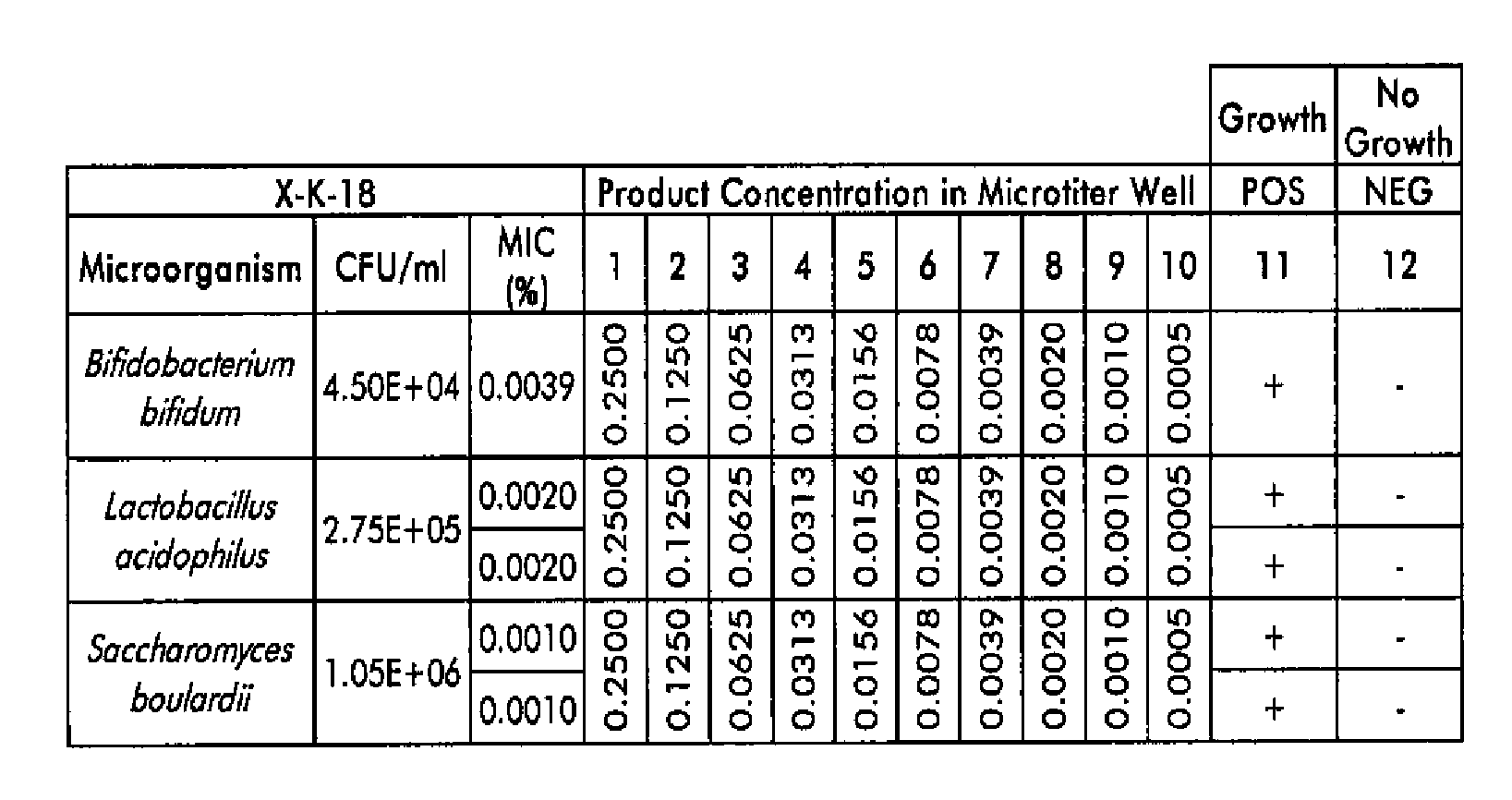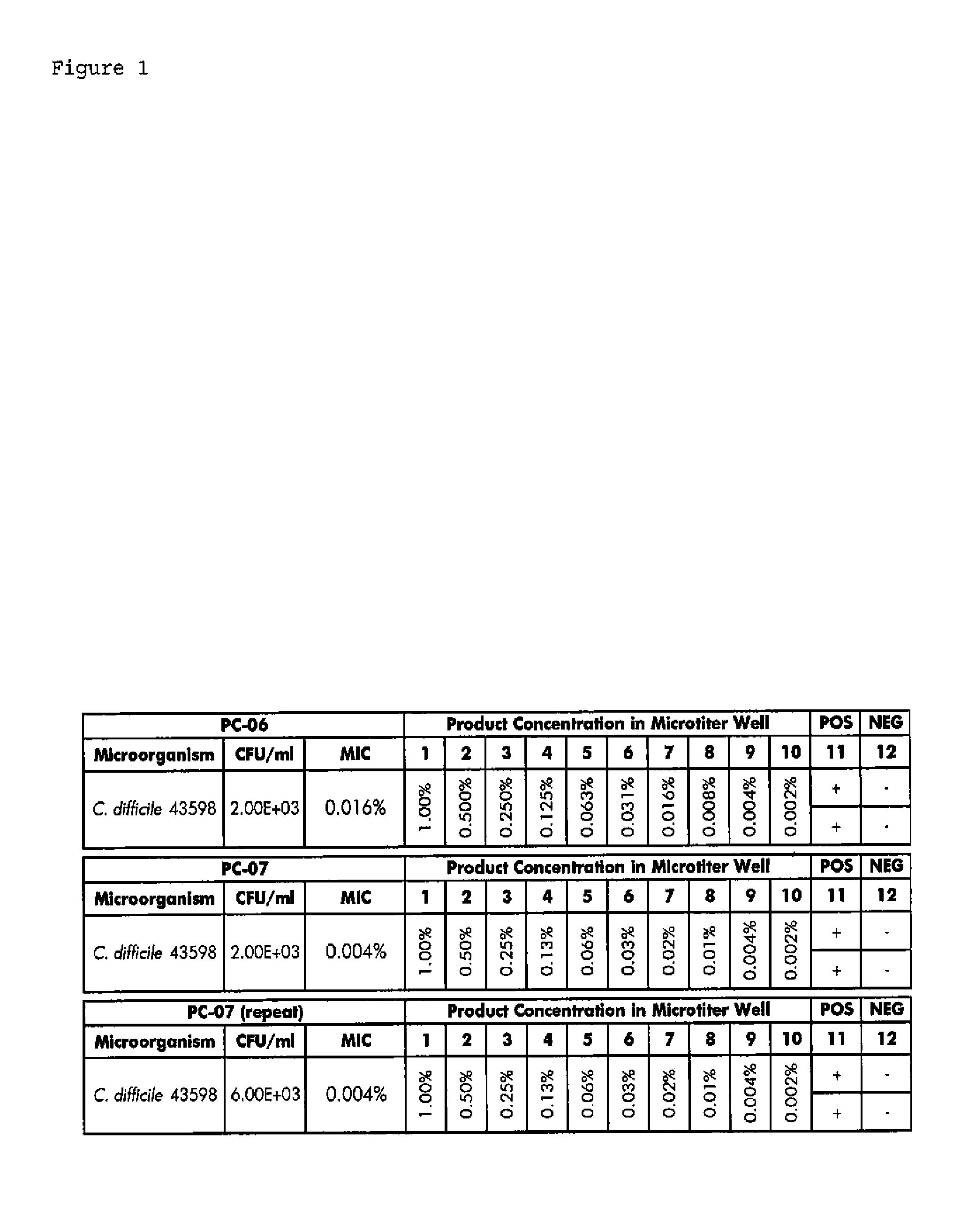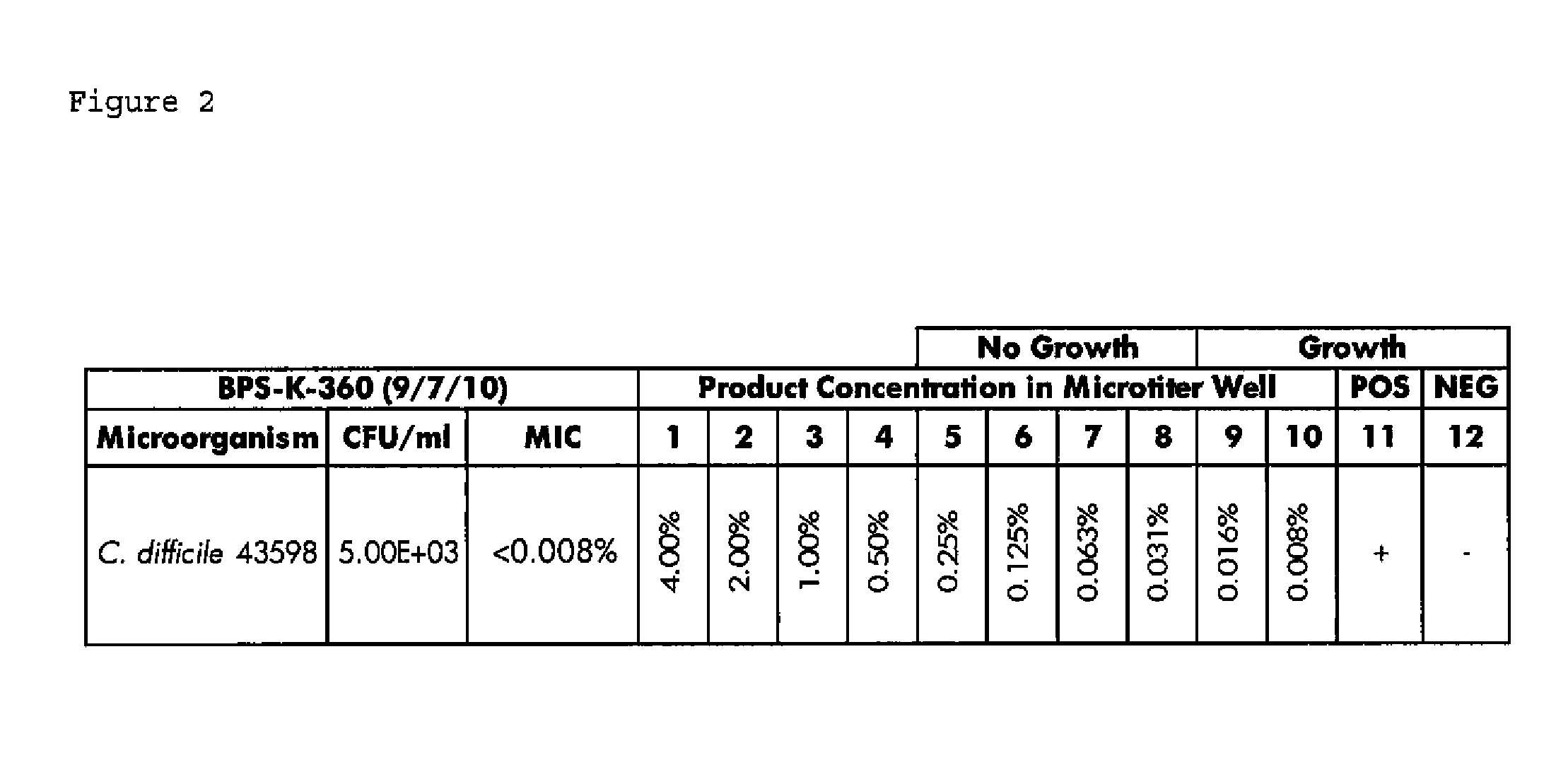The beneficial microorganisms, typically the
lactic acid producing microorganisms, are destroyed by
antibiotics and impair health and digestive function.
A result of the proliferation of harmful
bacteria species is infection from toxic by-products resulting in
diarrhea and damage to mucosal lining.
Absorption and assimilation of food and bioactive ingredients are disturbed and at the same time there may be relapse (the return of infections and their accompanying
signs and symptoms).
Other deleterious results of indiscriminate use of antibiotics is the generation of multiple antibiotic-resistant pathogens and occurrence of secondary opportunistic infections which often result from the depletion of
lactic acid producing and other beneficial
flora within the
gastrointestinal tract.
The development of such resistance has led to numerous reports of systemic infections that are not treatable with conventional antibiotic therapies.
In recent years, C. difficile infections have become more frequent, more severe and more difficult to treat.
An estimated 500,000 cases are treated each year in North America and the problem is reported to be particularly severe in Canada and the UK.
Antibiotics, taken to treat an infection, can destroy the normal, natural
flora in addition to destroying the
bacteria causing the illness.
When the normal intestinal
flora is compromised, C. difficile can quickly grow out of control.
However, not all infections with toxigenic strains result in
disease, prompting the search for additional
virulence factors.
If left untreated, C. difficile can lead to serious illness.
Complications include
dehydration,
kidney failure, bowel perforation, toxic megacolon, and in some cases death.
Severe
diarrhea can lead to a significant loss of fluids and electrolytes, making it difficult for the body to function normally and possibly resulting in a drop in
blood pressure.
C. difficile can cause extensive damage to the lining of the
large intestine resulting in a perforated bowel.
The colon can become grossly distended when it is unable to expel gas and stool resulting in a toxic megacolon.
Even in mild to moderate C. difficile infections, the infection can quickly progress to a fatal
disease if not treated promptly.
Probiotic therapy, however, does not directly inhibit the proliferation of C. difficile; rather, the therapy indirectly addresses the
pathogen through competitive inhibition, that is, by promoting the growth of bacteria that compete with it in the confines of the intestines.
Furthermore, the clinical literature does not support the use of probiotics alone in the treating C. difficile infections.
Even during a normal course of individual
antibiotic therapy, many individuals develop a number of deleterious physiological side-effects including:
diarrhea, intestinal cramping, and sometimes
constipation.
Thus, individuals taking antibiotics often suffer from gastrointestinal problems as a result of the beneficial microorganisms (i.e., intestinal flora), which normally colonize the
gastrointestinal tract, being killed or severely attenuated.
Further, as a result of rapid evacuation of the bowels during diarrhea, a significant amount of the therapeutic compounds also do not get absorbed and are lost in the
feces.
Even at such low concentrations, formulations containing
glycerol monolaurate are unstable such that the use of surfactants, emulsifiers, or other
stabilizing agents is required.
It was found by U.S.
Patent Application No. 61 / 252,269 by Calvert et al. that many of the common emulsifying mechanisms, for example the use of surfactants and emulsifiers with various
hydrophile / lipophile balance values and combinations thereof, can render the
active ingredient ineffective.
That is, the act of emulsifying glycerol monolaurate with traditional emulsifiers reduces or eliminates its antimicrobial properties.
Thus, the prior art has encountered a long-standing problem when attempting to include such anti-microbial agents as glycerol monolaurate at substantial concentrations while maintaining its anti-microbial effectiveness.
 Login to View More
Login to View More 


